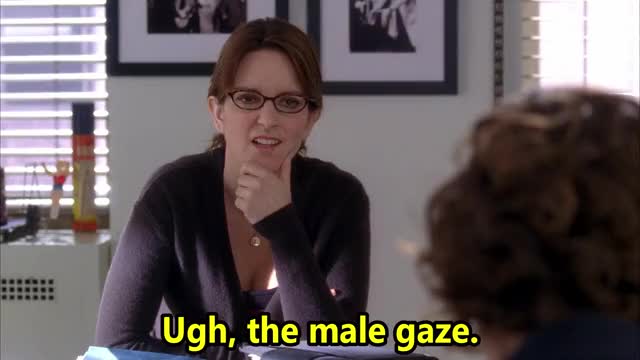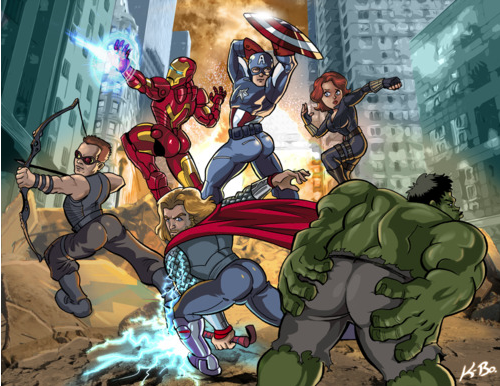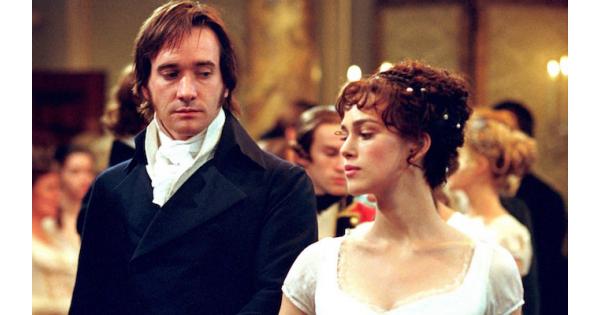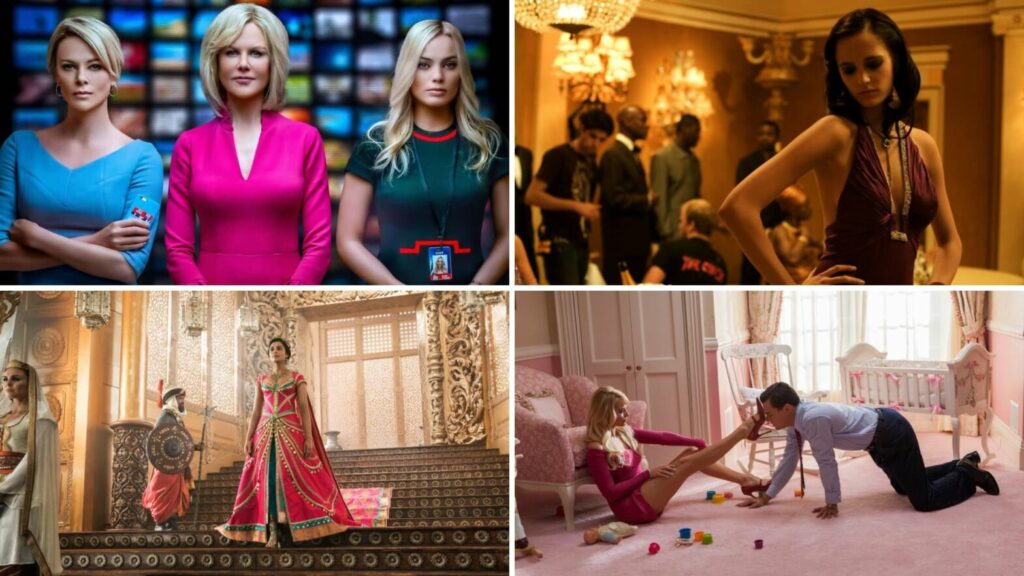The male gaze: You will never view films the same! – Rosy F
Last term, there was a Studd Society event, where Beauty and the Beast was analysed from different academic perspectives. One of these was by Mr Vickers, who inspired this article as he spoke about the male gaze and how it has affected our viewing experience. In this article, I will explain the male gaze and show just how much it affects film and media.

Typically, the male gaze in film portrays women as objects of heterosexual desires, focusing more on a woman’s appeal to men than her own character/ personality. Filmmaker Laura Mulvey, introduced this idea in her 1975 essay ‘Visual Pleasure and Narrative Cinema’, arguing that Hollywood movies are filmed in ways to satisfy masculine physical desires, making men the target audience. Mulvey suggested that the male gaze is caused by the societal value of men and women. While men are the active ‘heroes’ of the world, women are expected to only be a passive support in the goals of men. These films are usually made in such a way that puts the viewers in a (straight) man’s shoes, characterising women mainly on what they look like. This can take form in camera angles, narration, dialogue and even music, for example there is always a slow motion close up of a woman’s body when first introduced in the film. The woman is never made her own person, she is always made to be what the male protagonists craves.
This is evident is movies like Transformers, where Megan Fox plays a character who is solely meant to be desired, whose whole character revolves around her sex appeal (this is in no way Megan Fox’s fault). Another painful example is the contrast in representation of male and female superheroes. Female superheroes, like Black Widow, are hyper-sexualised in their unpractical costumes, unnecessary poses and limited character development, which forms a double standard as male superheroes are never sexualised in the same way. What makes the male gaze even worse, is the fact that female viewers are always made identify themselves with the female object of the male gaze, reducing their goals down to being desired by men.

Some may argue that there is a female gaze, like in Pride and Prejudice, however the difference between the two gazes is that men in the female gaze are not immediately viewed as sexual objects. Female points of view usually make men seem desirable because of their personality, not their physical stature like how Darcy is shown as desirable because of his affection for Elizabeth, not his handsome face. It all stems from the power of the patriarchy, as the male gaze uses women as props, not people , in achieving the goals of men. While the female gaze recognises men as their own people with their own personalities, taking time to portray a man as a certain character like the love interest or the villain, instead of straight away.

The main take from this article is that, for centuries, films were written by men, directed by men, casted by men for men, playing into the heterosexual male fantasy. The male gaze over sexualises female characters to dehumanise them and make them passive in the completion of male goals. Women are viewed as objects in these films because instead of giving women interesting and challenging characters, they are viewed simply for the physical pleasure of men, as men do not want a ‘challenging woman’ but a submissive one.

However, film is recognising the wise words of Mulvey and the industry is producing many more films that challenge the male gaze like ‘Ghostbusters’ (2016). Therefore, the next time you watch a film, think about who you are watching it as and what stereotypes are being pushed onto you about women (and men). Also remember that women should not be viewed as sexual objects that anyone is intitled to, we are complex and unique human beings.















Post Comment
You must be logged in to post a comment.